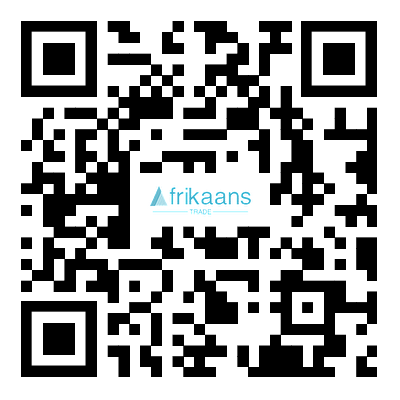Features and aspects of industrial remote controls
2023-10-17
An industrial remote control is a device used to wirelessly operate and control machinery, equipment, or systems in industrial settings. It provides a convenient and flexible way to remotely control operations, enabling operators to maintain a safe distance from hazardous or hard-to-reach areas while maintaining control over the equipment.
Here are some key features and aspects of industrial remote controls:
1. Wireless Communication: Industrial remote controls utilize wireless communication technology, such as radio frequency (RF) or Bluetooth, to transmit control signals from the remote control unit to the receiving equipment. The remote control and the receiving unit are paired to establish a reliable wireless connection.
2. Control Functions: Industrial remote controls can provide a range of control functions depending on the specific application and equipment. These functions may include starting or stopping the equipment, adjusting speed or direction, activating specific operations or functions, and controlling various parameters or settings.
3. Range and Signal Strength: Industrial remote controls are designed to operate over extended distances, often ranging from tens to hundreds of meters. The signal strength and range can be influenced by factors such as environmental conditions, interference, and the specific wireless technology used.
4. Durability and Robustness: Industrial remote controls are built to withstand harsh industrial environments. They are typically constructed with rugged materials, such as impact-resistant plastics or metal, and may feature protection against dust, water, shock, and vibration. These features ensure reliability and longevity in demanding operating conditions.
5. Safety Features: Industrial remote controls often include safety features to prevent unauthorized use and ensure safe operation. These features may include programmable access codes, emergency stop buttons, fail-safe mechanisms, and safety interlocks to protect operators and equipment.
6. Customization and Configuration: Industrial remote controls can often be customized or configured to suit specific industrial applications. This may involve programming specific control functions, adjusting signal frequencies or channels to avoid interference, or incorporating specific safety protocols and protocols for communication with the receiving equipment.
7. Battery Life and Power Management: Industrial remote controls are typically powered by batteries. The battery life and power management features are important considerations to ensure uninterrupted operation and minimize downtime. Some remote controls may have rechargeable batteries or offer power-saving modes to optimize battery life.
8. Integration and Compatibility: Industrial remote controls may need to integrate with existing equipment or control systems. They should be compatible with the communication protocols and interfaces used by the equipment being controlled to ensure seamless integration and interoperability.
Industrial remote controls find applications in various industries, including manufacturing, construction, mining, logistics, and material handling. They are commonly used for controlling overhead cranes, industrial robots, conveyor systems, lifting equipment, industrial vehicles, and other machinery in industrial environments.
When selecting an industrial remote control, consider factors such as the required range, control functions, durability, safety features, compatibility with the equipment, and any specific requirements of the industrial application. It is important to choose a reliable and reputable manufacturer or supplier that offers support and customization options to meet your specific needs.



